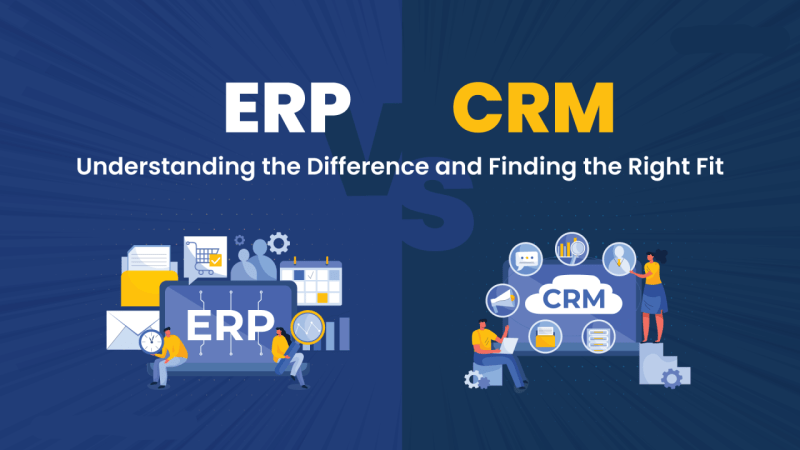How To Maintain Document Integrity

People like to have data that is complete, accurate, and useful. However, providing them with complete, accurate, and helpful information can prove challenging. Documents usually contain information, such as text and numbers, images, and multimedia elements. Databases that create reports from multiple sources must also select the appropriate information for inclusion in the report. Making sure that all of this information has been entered correctly is relevant to its context and integrity.
That said, this article will teach you how to maintain document integrity for improved data quality.
Table of Contents
What Is Document Integrity?
The integrity of a document is the quality of the document, which ensures there are no errors and it can be relied upon. It ensures that when you read the words on your screen, they represent what was originally written by the author. For example, if the text was edited or changed after it was first created, this’d be against the document’s integrity.
Document integrity is helped by document management software, which number one goal is to avoid any changes to a document that’ll negatively affect the message or its purpose. To achieve this, however, you’d define which changes are allowed and what changes need to be made.
There are many ways in which documents can get corrupted and altered without users noticing them. Some of these ways include:
Ways To Maintain Document Integrity
Managing your document comes with a lot of effort. It’s important to note that good document management practice reduces the risk of criminal attacks on your company. The following ways ensure your documents stay protected, unaltered, and original:
1. Keep Audit
Ensuring document integrity is one of the most important things that an individual or a company should consider. However, the last thing you’d want is for your documents to be used in the wrong way. A good audit trail can help you with this.
An audit trail can ensure that all activities done with the files are documented appropriately. Audit trails can also keep you protected from criminals and ensure no files are lost or missing due to non-integrity.
2. Back-up Data Regularly
You can maintain document integrity by backing up data regularly to a secure central location. This will ensure that in case of data loss or compromise, it can be recovered from the secure archive.
Companies must make sure data is backed up regularly with system software updated to suit the functions of regular and secure backup. Archives must be updated to perform optimally for the backing up of data.
3. Access Control
Nowadays, some of the most sensitive data is stored in digital copies and documents. When a company or public establishment stores sensitive information about clients, such as private medical and banking records, it’s vital to control who accesses those documents.
You can implement a system called enterprise content management (ECM) so that only an individual with clearance to see the document can view it. Many companies use ECM to conform to strict privacy and regulation laws.
4. Validate Data
With many pieces of information to keep track of, it’s crucial to ensure that your data is accurate. In addition to maintaining document integrity, validating data is another way to protect vital company or client information. This is because data protection requires careful data analysis, verification, automation, and integration, which are crucial aspects of data validation.
Ultimately, validating data can be accomplished through purposeful document management controls such as quality assurance, access management, review, and archiving process, where each step can help safeguard the valuable data in your system. Regardless, data validation requires carefulness, patience, and proper management practices.
5. Adopt Cloud Storage
One of the most effective ways to maintain document integrity and control document management is adopting cloud storage. Cloud computing allows documents to be saved and stored in a central area, making it easier to implement, transfer, and protect.
You can easily control, protect, and audit documents using SaaS (Software as a Service). Being an efficient software system, it allows you to maintain documents flexibly without compromising cost, quality, and security.
6. Use Version Control
Version control, or document control system, is a more formalized method of managing the change process in documents. This system started from the controlled physical document editing room where people had to check out and check in their work before making any changes. This method ensures that the entire process is documented and that there is traceability on who made what changes to which document.
Conclusion
Document integrity is an essential part of any business or establishment. The failure to protect electronic documents from compromise or cyberattacks can mar a business. For this reason, business owners must ensure the protection of their sensitive documents through the ways enumerated in this article.






